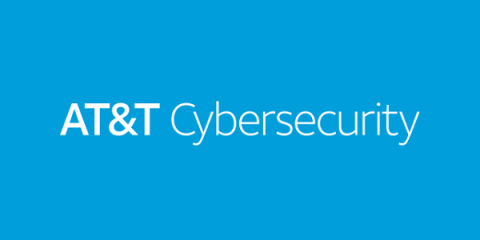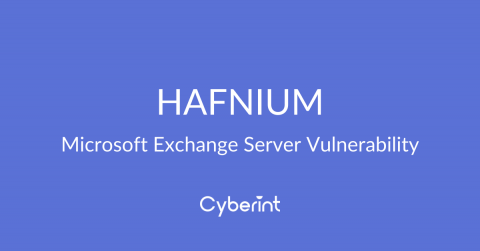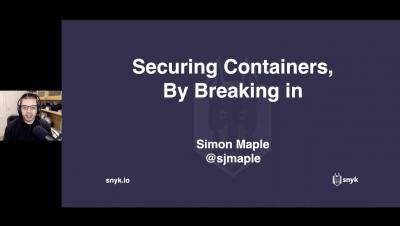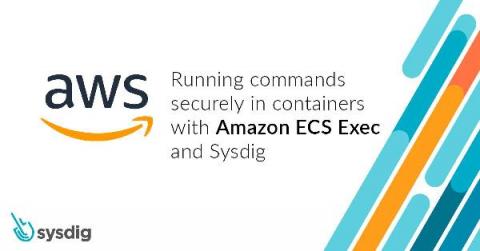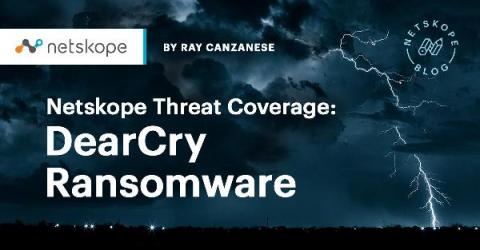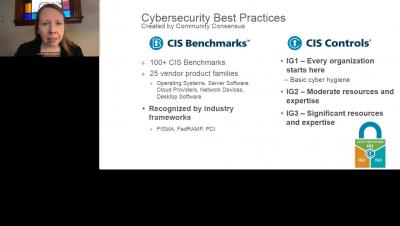What is network segmentation? NS best practices, requirements explained
If you follow cybersecurity current events, you may know that the cost and frequency of a data breach continue to skyrocket. Organizations are constantly under attack, and the shift to remote work is only exacerbating the problem. According to IBM’s 2020 Cost of a Data Breach Report, most respondents are concerned that identifying, containing, and paying for a data breach is more burdensome today than ever before.


